Tourism “is gold” and “overtourism is blasphemy,” and, indeed, our goal “is to increase by another 50 million tourists to reach the top of the podium” of the countries with the most tourists in the world. Very clear from the stage of the Italian Tourism Forum, Minister Daniela Santanchè sweeps the field of doubts about her position on the issue of the excessive concentration of tourists in certain destinations such as Florence, the place chosen for the meeting of the Tourism Ministers of the G7 countries on November 13-15 and for this initiative that precedes the international summit by a few days by calling together the entire Italian sector (operators of all the tourism supply chains, regions, mayors). The Forum is a two-day event where tourism discussed a number of issues and at the end of which the Tourism Pact was signed, commitments revolving around 10 key words. Panels ranged from the prospects for the tourism impact of next year’s Jubilee, to that related to the sea, the role of innovation in hospitality and that of training.
“I cannot,” said the minister speaking about overcrowding, “share this word, overtourism, however, I understand that we have territories where there are too many people. But the question we have to ask ourselves is this: haven’t we destroyed the commerce that made our historic centers come alive for the communities in those areas as well? If instead of opening convenience stores we had kept our stores and encouraged our excellences, maybe we would have less ’eat and run’ tourism, which is what gives us little. It’s an economic law, to help the bottom you have to grow the top.” The problem is then also framed, although without mentioning it, to the decisions made at the time of Mario Monti ’s government when the ’Save Italy’ liberalized trade by eliminating licenses and constraints on new business openings.
“Let’s stop talking about overtourism,” he urged, “it’s not that there are too many tourists, we have to learn to manage flows.” Of the same opinion as the minister, namely that overtourism as a phenomenon does not exist, is Lombardy’s Tourism Councillor Barbara Mazzali, who acknowledged that the crush is there only in certain locations: those world-famous, ’super-iconic’ ones that foreigners rightly come to see and stand “neatly in line.”
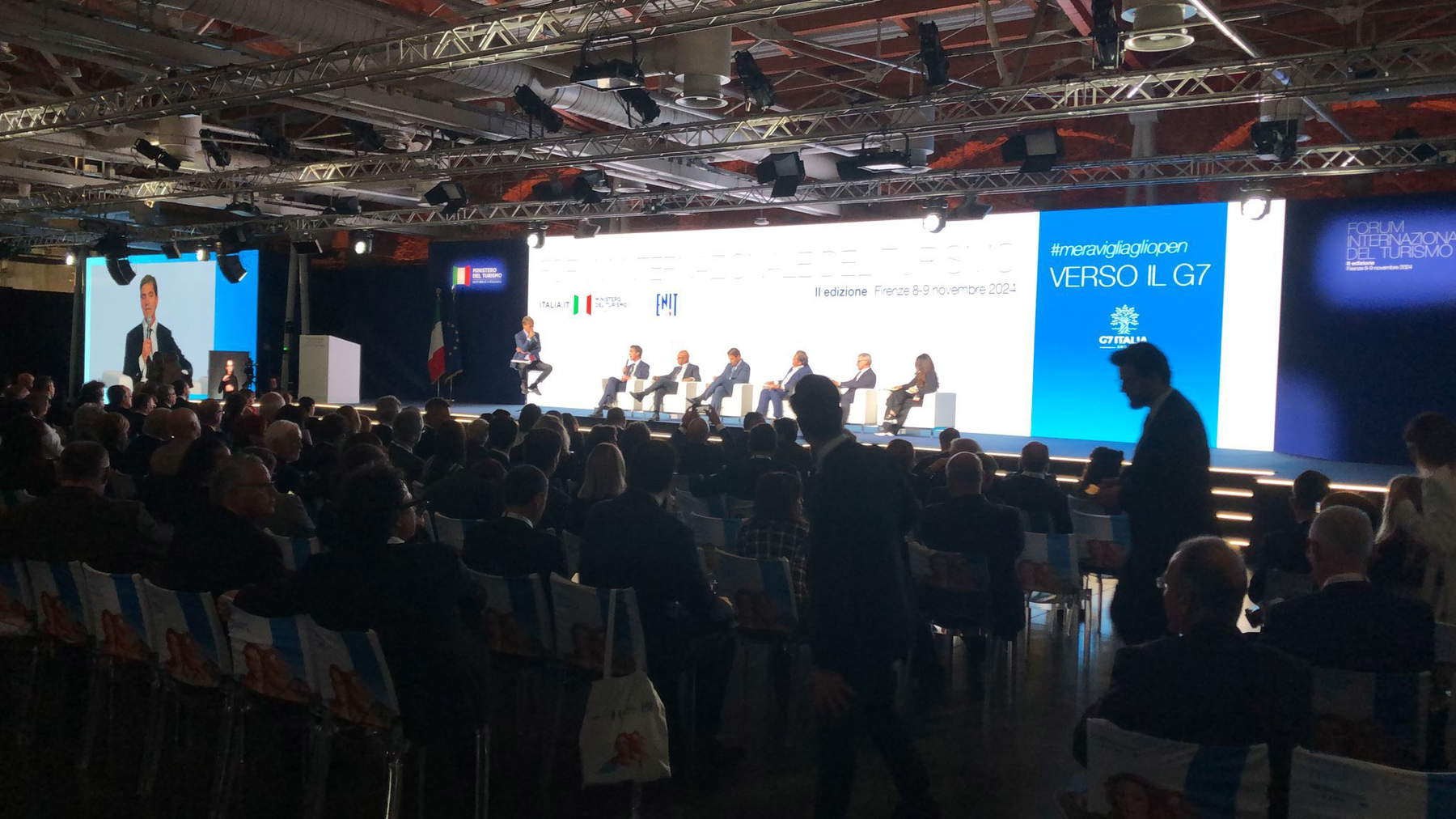
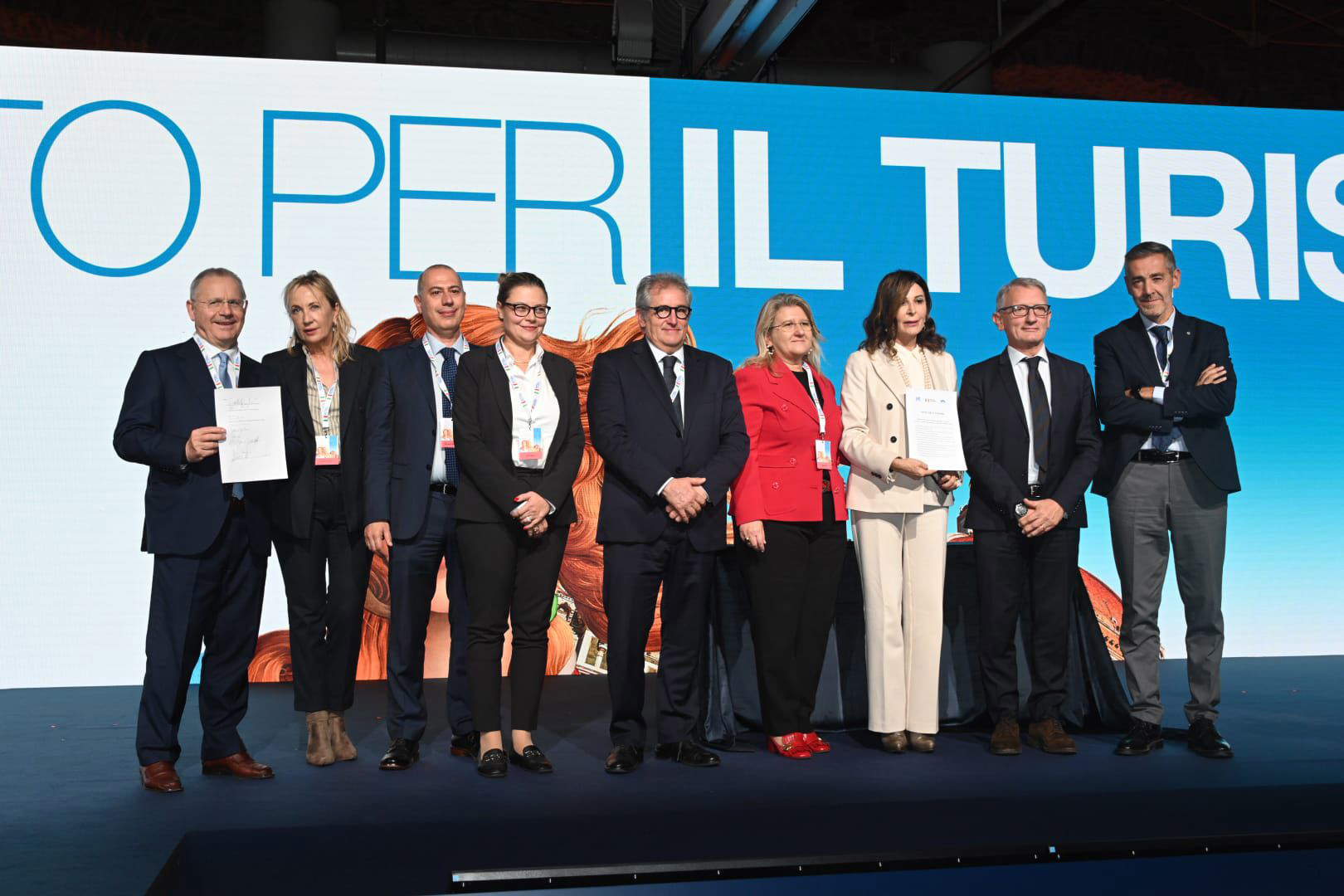
Test case for the whole country will be 2025 when pilgrims will come to have their sins forgiven and then turn into tourists for the rest of the journey. In Florence to unveil the numbers of the Jubilee was Monsignor Rino Fisichella, pro-prefect of the Dicastery for Evengalization and responsible for organizing the Holy Year for the Catholic Church: “How many will come from the United States, and we expect about two and a half million, from Canada, from Brazil, will want to return to their native countries and where they still have relatives. I expect that the Jubilee will be a great movement of people setting out, coming to Rome, from Rome reaching many other cities both of art and to return to their origins.” The expectation then is for trips where the first or second motivation is to come to Rome but for the rest of the days to stop in other Italian locations. A reverberation therefore that will affect all Italian regions with the likely effect of not having high and low season but a very high or high season all year round (expecting pilgrims to spread out over the entire period).
The Observatory on the Economy of Tourism of the Chambers of Commerce estimates as many as 35 million tourist arrivals and 105 million presences for tourist spending quantifiable at 16.7 billion euros for the capital. Rome Municipality estimates predict between 30 and 36 million presences and a turnover of between 4 and 4.5 billion euros in the Capital alone. The peak of tourists is expected in the summer period with the expectation of even one million daily influxes. At one time, that of the Cammini and pilgrimages was a poor tourism, in the sense that the hiker perhaps brought a sandwich from home, but for 2025 FIEPET-Confesercenti estimates on food spending a billion additional revenues (+12-14%), calculating an average expenditure for each pilgrim between 40 and 50 euros. And according to Assoturismo Lazio, the average expenditure of pilgrims will be around 150 euros per day.
Experts indicate that in addition to Rome, many will choose Naples and Venice to associate with the trip to the capital of Catholicism. In fact, the Tourism Department of the City of Naples estimates that about 18 million visitors will arrive in the city next year (at least 4.5 more than in 2024) while the impact on Venice can be quantified in an increase of about 800 thousand additional overnight guests thus determining a +25% in the number of tourists staying overnight in Venice.
The mayor of the city that will be under more pressure than ever for the next 15 months, Roberto Gualtieri, told the Forum that “Overtourism can be countered without countering tourism, rather governing it and making it an important piece of the country’s competitiveness and openness to the world. The Jubilee also from this point of view will be a very important event for Rome and for Italy.” “We trust,” he relaunched, “that it will help us make a further qualitative leap, until Rome and Italy are number one we cannot relax, I am not stopping from this point of view. Ours is a policy of also strengthening the tourism industry, which needs to make a qualitative leap. Then there is work to be done on deseasonalization, we will soon launch an app, Giulia, with artificial intelligence that will speak in 62 languages and help to see” those places and sites “that are known less.”
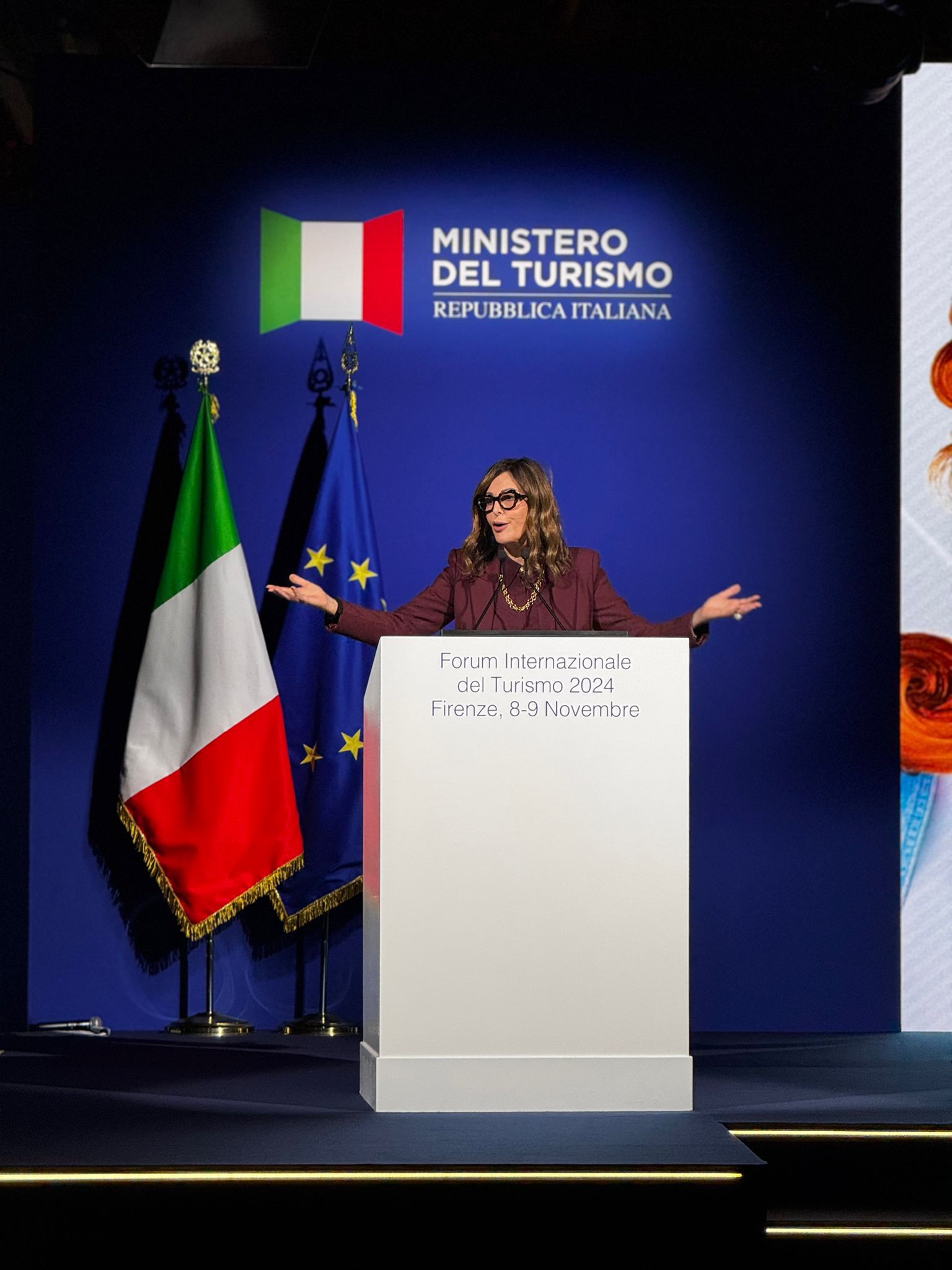
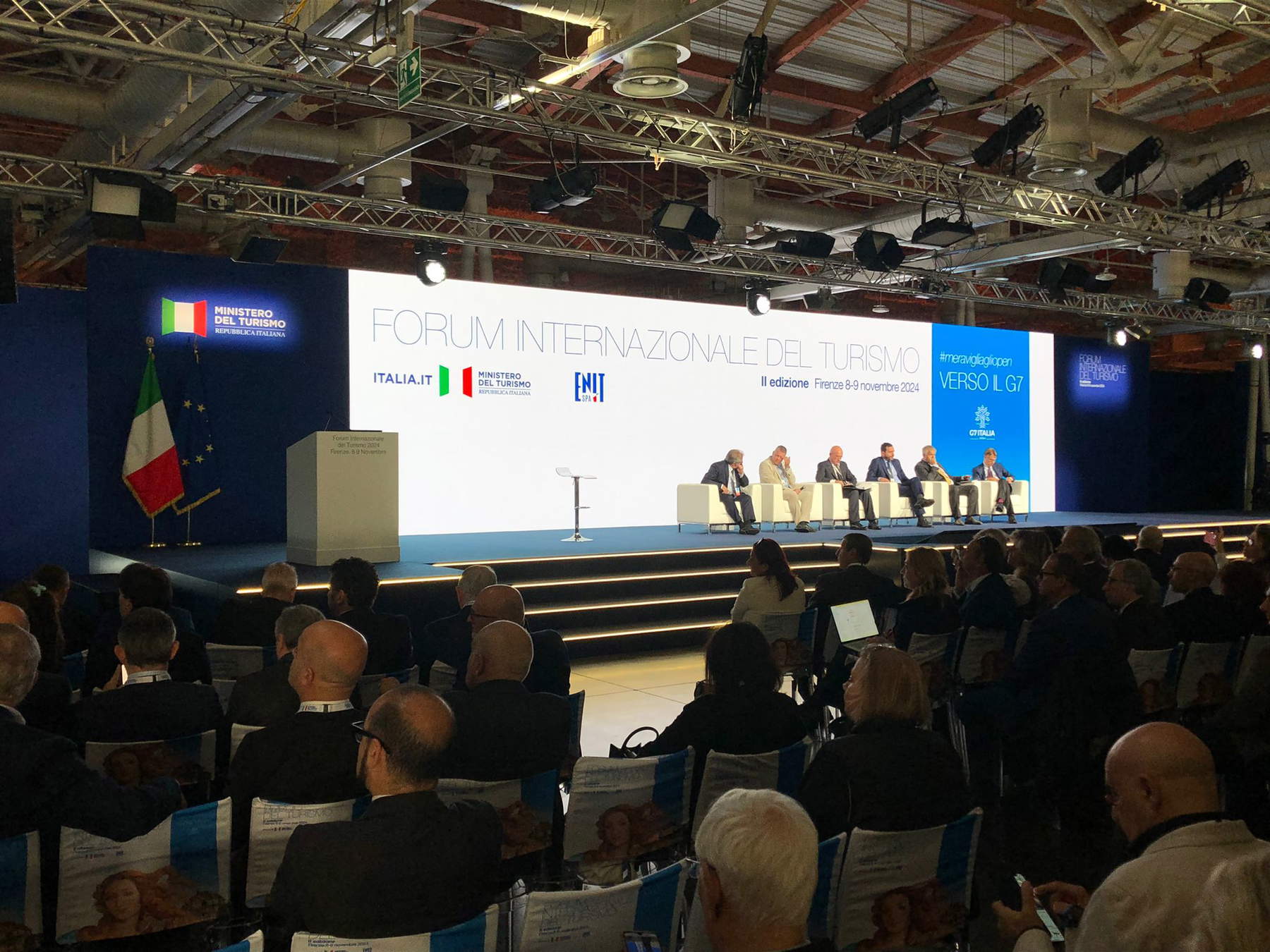
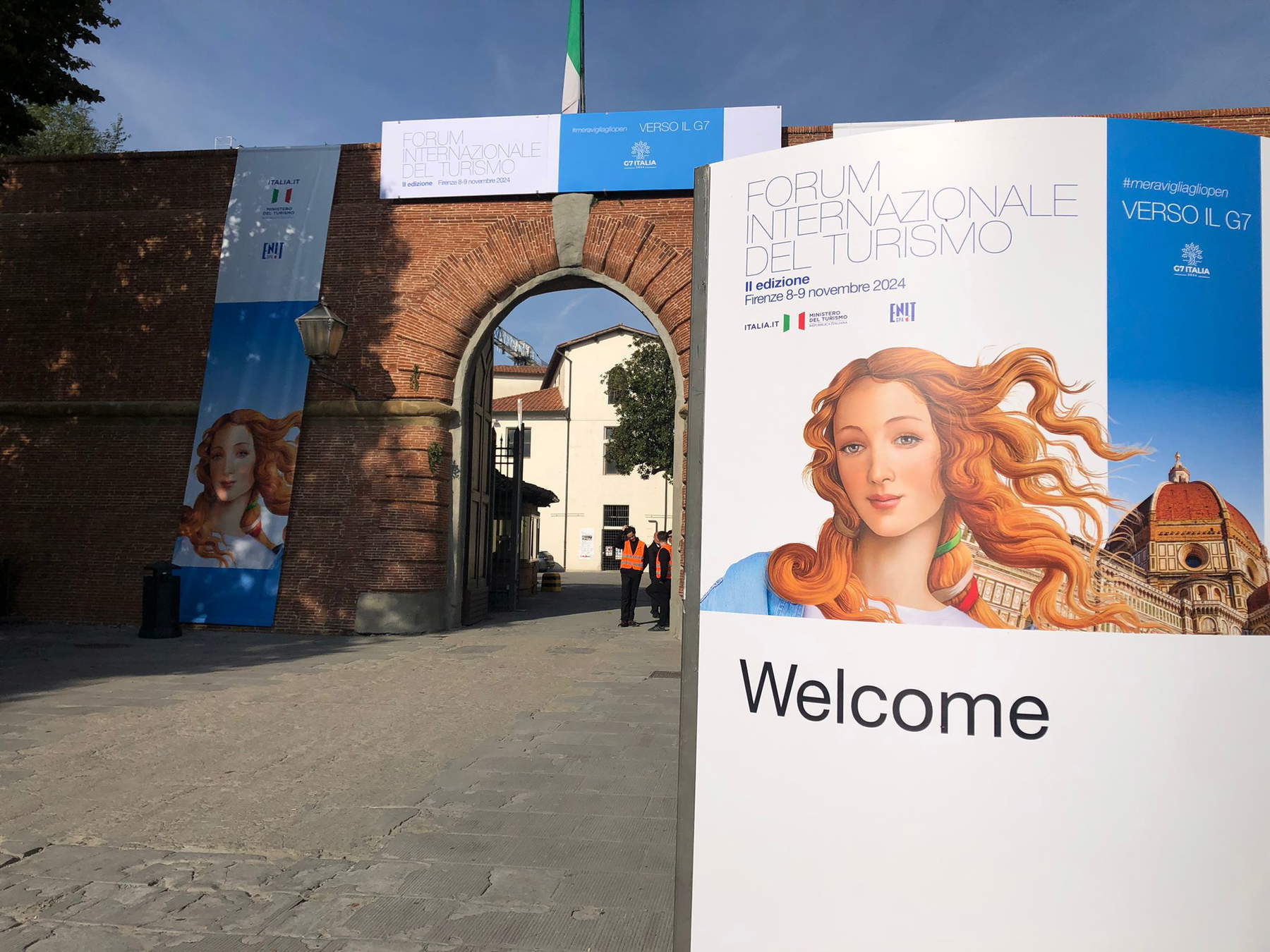
At the end will be signed the document “Pact for Tourism” with which the Ministry of Tourism, Enit, the Regions and associations, renew their commitment to a quadra work: “an agreement aimed at charting a common path to accelerate the growth plan for Italian tourism, articulated in ten strategic points (Centrality, Accessibility, Training, Sustainability, Artificial Intelligence, Planning and Development, Quality, Governance, Process Acceleration, Uniqueness) with the aim of promoting shared actions in order to improve the nation’s competitiveness in the national and international tourism context, promoting quality tourism that is a source of economic growth for all communities involved.” “It is a pact that gives us direction and vision,” says Minister Santanchè, “because tourism has to be planned, it has to be managed, and so it is a pact that puts together what are the future strategies to grow this very important sector for our Nation.”
On the other hand, the numbers of tourism are very important numbers: in fact, the sector represents about 18 percent of GDP, Santanchè explained, “and even for 2024, although coming from a wonderful 2023, the numbers confirm a season with a 2 percent increase and a per capita expenditure that is growing.” The University of Rome Tor Vergata captures the data: by virtue of record tourism spending of 155 billion euros, in 2023 the sector generated an added value of 368 billion euros, or about 18 percent of GDP considering direct and indirect economic value. Specifically, domestic tourism spending has a multiplier effect of 2.5, generating a total added value of 250 billion euros, or 12 percent of GDP; where, on the other hand, international tourism spending has a multiplier effect of 1.65, leading to an increase of 6 percent of GDP.
After the two days of listening, “I will go stronger to the G7,” said the minister addressing the audience, “We all have to work in the same direction, we have to confront each other. Tourism is not left or right, the team must be cohesive. We have to work on what is the real challenge of tourism, which is the quality of services.”
 |
| A "Tourism Pact" signed at the Tourism Forum. What was said at the two-day event in Florence |
Warning: the translation into English of the original Italian article was created using automatic tools. We undertake to review all articles, but we do not guarantee the total absence of inaccuracies in the translation due to the program. You can find the original by clicking on the ITA button. If you find any mistake,please contact us.